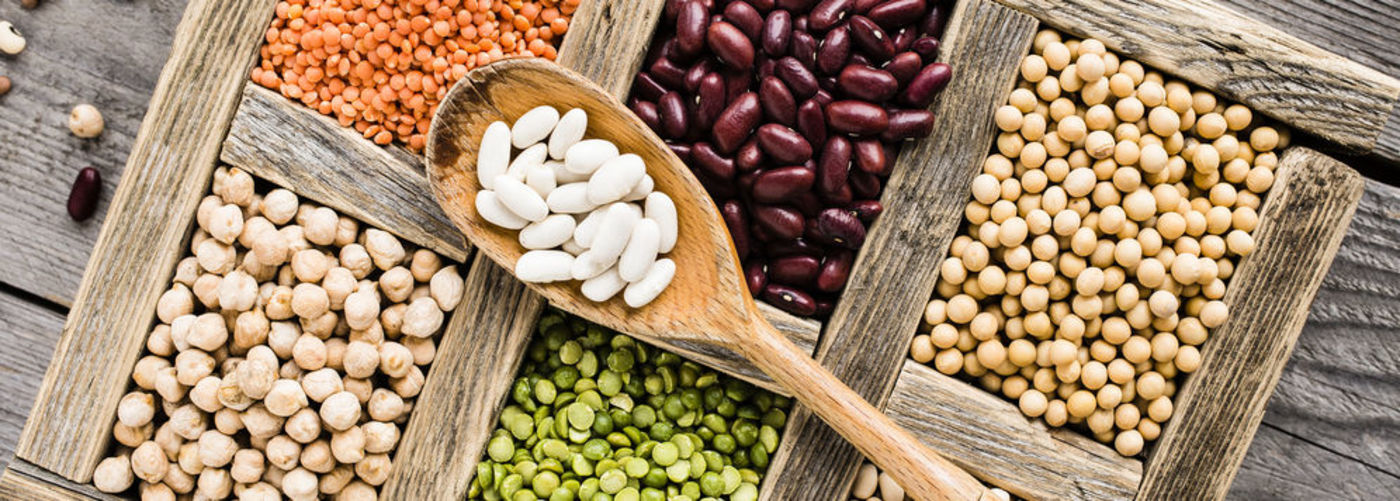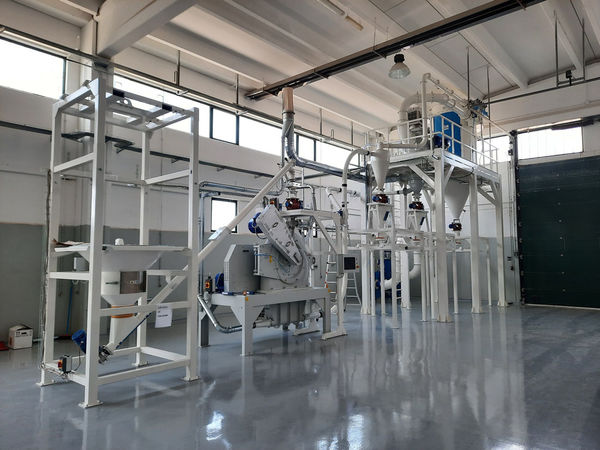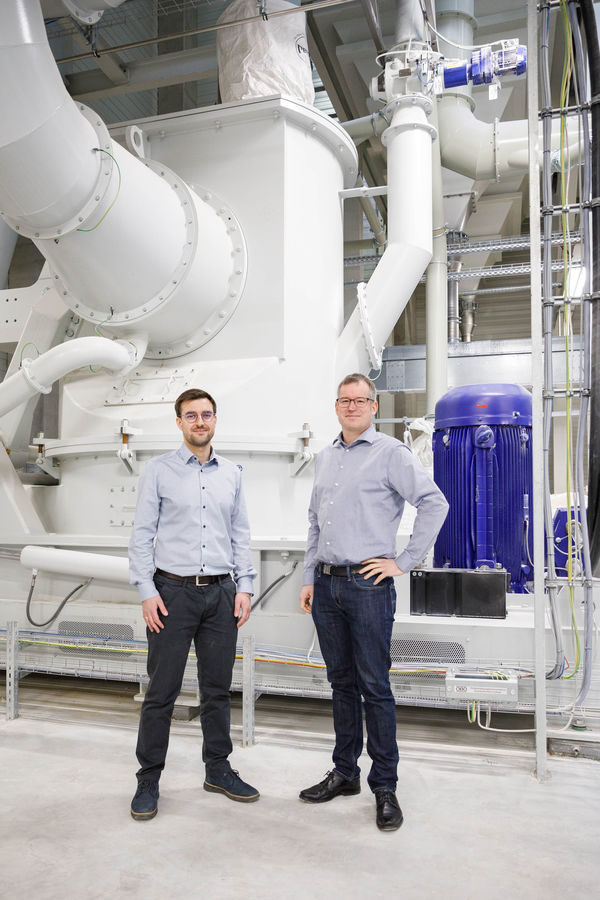Product-specific solutions for protein dry fractionation in plant-based foods
Hosokawa Alpine offers mills and classifiers to enrich the protein content in plant-based powders. The use of vegetable raw materials is an important approach to finding a solution that will enable the increasing demand for proteins brought about by the growing global population to be covered. The protein-shifting process developed by Hosokawa Alpine makes the economic production of high-grade vegetable protein concentrates possible as a substitute for animal proteins.




Recommend article